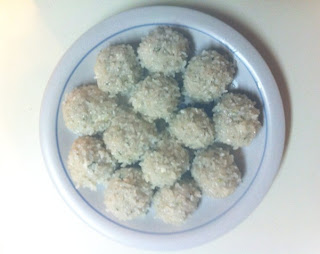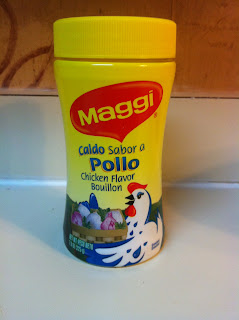Beijing Roast duck is thought to be one of the most delicious dishes all over the world; most visitors coming to Beijing will never forget to have a try. Eating Peking duck is seen to be one of the two things you are absolutely supposed to do while in Beijing.
How to make it?
Beijing duck Ingredients:1. One 5 to 6 pound duck How to make it?
2. 8 cups water
3. 1 slice ginger
4. 1 scallion, cut into halves
5. 3 tablespoons honey
6. 1 tablespoon white vinegar
7. 1 tablespoon sherry
8. 1 1/2 tablespoons cornstarch, dissolved in 3 tablespoons water
9. Scallions for garnish
Directions:
1. Clean duck. Wipe dry and tie string around neck.
2.Hang duck in cool, windy place 4 hours.
3. Fill large wok with water. Bring to boil. Add ginger, scallion, honey, vinegar, and sherry. Bring to boil. Pour in dissolved cornstarch. Stir constantly.
4. Place duck in large strainer above larger bowl. Scoop boiling mixture all over duck for about 10 minutes.
5. Hang duck again in cool, windy place for 6 hours until thoroughly dry.
6. Place duck breast side up on a greased rack in oven preheated to 350 degrees. Set a pan filled with 2 inches of water in bottom of oven. (This is for drippings). Roast 30 minutes.
7. Turn duck and roast 30 minutes more.
8. Turn breast side up again. Roast 10 minutes more.
9. Use sharp knife to cut off crispy skin. Serve meat and skin immediately on a prewarmed dish.
p.s The duck is eaten hot with hoisin sauce rolled in Mandarin Crepes. Garnish with scallion flowerets.
(This recipe is from Madame Wong's Long-life Chinese Cookbook, reprinted courtesy of Sylvia Schulman)
If you have chance to travel to Beijing, you must not miss Beijing roast duck!
It is really great! I promise!







